Your Rainy Season Skincare Red Flags: Mistakes You Must Stop Making

The monsoon brings welcome relief from the summer heat, but it also brings a host of skincare challenges-humidity, stickiness, unexpected breakouts, and dullness. Many of us unknowingly follow the same skincare routine year-round, not realising that the rainy season demands a few mindful shifts.
Here are 7 common skincare mistakes to avoid during the monsoon and how to fix them for healthy, glowing skin rain or shine.

1. Using Heavy Cream-Based Moisturisers
The mistake:
Rich, creamy moisturisers that work well in winter can clog your pores in humid weather, leading to breakouts.
Fix it:
Switch to lightweight, water-based or gel-based moisturisers that hydrate without making your skin greasy. Look for ingredients like aloe vera, rose water, or cucumber.
Try Neem & Tulsi Gel, it moisturizes while soothing inflammation and sunburn, offering a cooling effect that feels lightweight on the skin.
2. Skipping Sunscreen Because It’s Cloudy
The mistake:
Many skip sunscreen during monsoon, thinking the clouds block UV rays.
Fix it:
UV rays penetrate through clouds and glass, causing tanning, premature ageing, and pigmentation. Use a broad-spectrum sunscreen every single day-even if it’s raining. Ohria Radiant Rose sunscreen goes beyond protection, it nourishes, heals, and enhances your skin’s natural radiance.
3. Over-Cleansing or Using Harsh Face Washes
The mistake:
To tackle oiliness and sweat, many people over-cleanse or use strong cleansers that strip the skin.
Fix it:
Use a gentle, sulphate-free cleanser with natural ingredients like neem, tulsi, or honey to balance oil without drying out your skin. Cleansing twice a day is enough.

4. Ignoring Exfoliation
The mistake:
Some skip exfoliation thinking it will aggravate skin sensitivity during monsoon.
Fix it:
Mild exfoliation 1-2 times a week is essential to remove dead skin cells and unclog pores. Use natural exfoliants like finely ground oats, orange peel, or walnut shell with nourishing ingredients like rose or almond oil.
5. Not Adjusting Diet and Hydration
The mistake:
A skin-unfriendly diet during monsoon-fried snacks, less water, and minimal fruits—can show up on your face.
Fix it:
Eat light, seasonal foods like lauki, tori, and cucumber. Drink warm water or herbal teas to stay hydrated. Include fruits like papaya and pomegranate that support detoxification and skin repair.
6. Using Too Many Products or Layering Excessively
The mistake:
Layering too many products, especially in humid weather, can suffocate the skin and lead to breakouts or fungal issues.
Fix it:
Keep your routine simple. Cleanse → Tone → Moisturise → Sunscreen. Use face oils and serums only when needed, and avoid layering heavy textures.
7. Ignoring Fungal Acne & Sweat-Related Irritations
The mistake:
Fungal acne, rashes, and itching are common during the monsoon but often misdiagnosed or neglected.
Fix it:
Use Ayurvedic face masks with neem, tulsi, and sandalwood to purify skin and calm inflammation. Wear breathable fabrics and avoid touching your face frequently.

Quick Monsoon Skincare Tips:
🌧️ Pat your face dry instead of rubbing.
🌧️ Avoid sharing towels to prevent fungal infections.
🌧️ Clean your makeup brushes often.
🌧️ Use minimal makeup; go for non-comedogenic formulas.
🌧️ Try weekly DIY masks with ingredients like fuller’s earth (Multani Mitti), rose water, and sandalwood for deep cleansing.

DIY MASKS IDEA
1. Anti-Acne Neem & Multani Mitti Mask
Ideal For: Oily and acne-prone skin
You’ll Need:
- 1 tsp Neem powder (or paste from fresh neem leaves)
- 1 tbsp Multani Mitti (Fuller’s Earth)
-
Rose water (enough to make a paste)
How to Use:
Mix all ingredients into a smooth paste. Apply evenly on cleansed face, avoiding the eye area. Leave for 10–12 minutes, then rinse off with cool water.
Benefits:
Controls excess oil, clears clogged pores, and reduces bacterial acne and monsoon breakouts.
2. Hydrating Aloe & Honey Glow Mask
Ideal For: Dry or irritated skin
You’ll Need:
- 1 tbsp Aloe Vera gel (fresh or pure)
- 1 tsp Organic Honey
-
A few drops of rose water or sandalwood hydrosol
How to Use:
Blend ingredients well and apply a thin layer on the face. Leave for 15 minutes and rinse with lukewarm water.
Benefits:
Soothes inflammation, deeply hydrates skin, and brings back monsoon-deprived glow.
3. Tan Removal Papaya & Turmeric Mask
Ideal For: Dull, tanned skin
You’ll Need:
- 1 tbsp mashed ripe Papaya
- A pinch of Wild Turmeric (Kasturi Haldi)
-
1 tsp raw Milk or Yogurt
How to Use:
Mix into a smooth paste and apply on face and neck. Let sit for 10–15 minutes, then rinse off gently.
Benefits:
Lightens tan, brightens complexion, and promotes gentle exfoliation.
Frequently Asked Questions
1. Do I still need to wear sunscreen during monsoon?
Yes. UV rays penetrate through clouds and windows, so wearing sunscreen daily-even on cloudy or rainy days-is essential to prevent tanning, pigmentation, and premature ageing.
2. Why is my skin breaking out more during the rainy season?
The increased humidity during monsoon leads to excess oil, clogged pores, and bacterial growth-causing breakouts. Adjusting your skincare routine to include gentle cleansing, exfoliation, and balancing ingredients like neem and tulsi can help.
3. Can I skip moisturiser if my skin feels oily?
No. Skipping moisturiser can signal your skin to produce even more oil. Instead, switch to a lightweight, gel-based or water-based moisturiser to hydrate without clogging pores.
4. How can I prevent fungal acne during monsoon?
Keep your skin dry and clean, avoid heavy creams, and don’t sleep with damp hair or sweat-soaked clothes. Use natural antifungal ingredients like neem, turmeric, and tea tree in your routine.
5. Should I exfoliate more often during the rainy season?
Not more often, but smartly. Exfoliating 1–2 times a week with a gentle, natural scrub helps remove dead skin and prevent clogged pores. Avoid harsh exfoliants that can irritate sensitive monsoon skin.


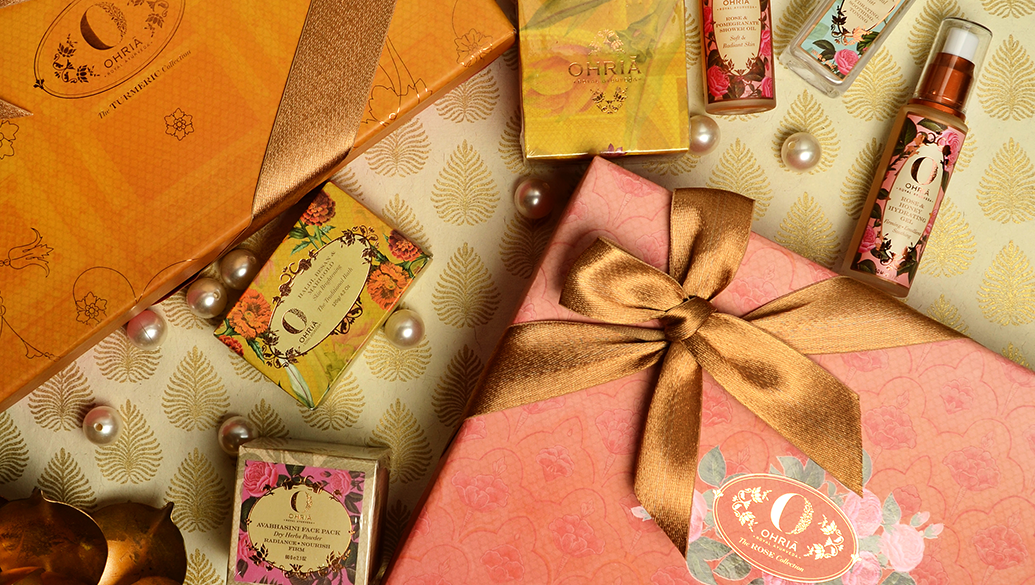
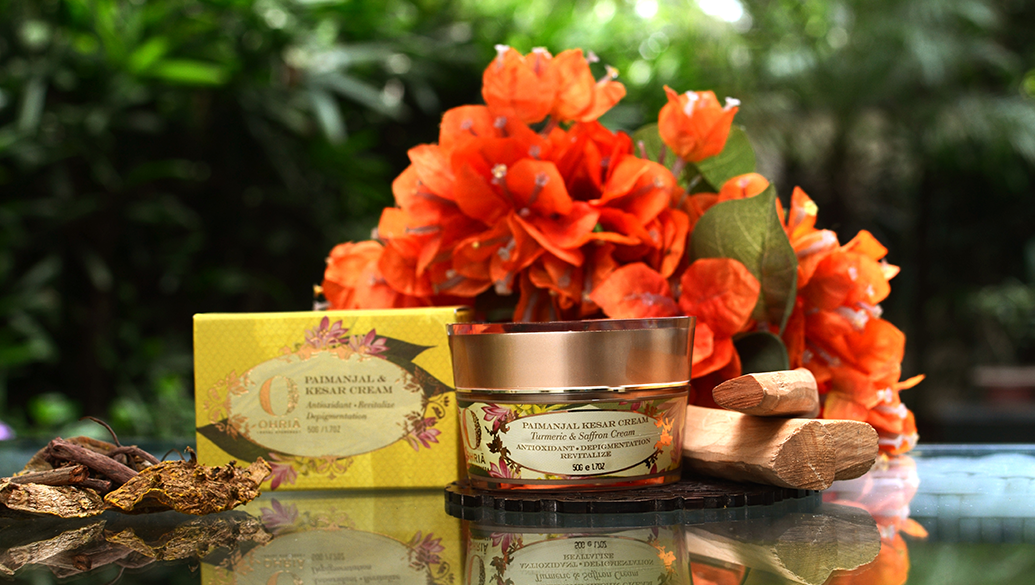
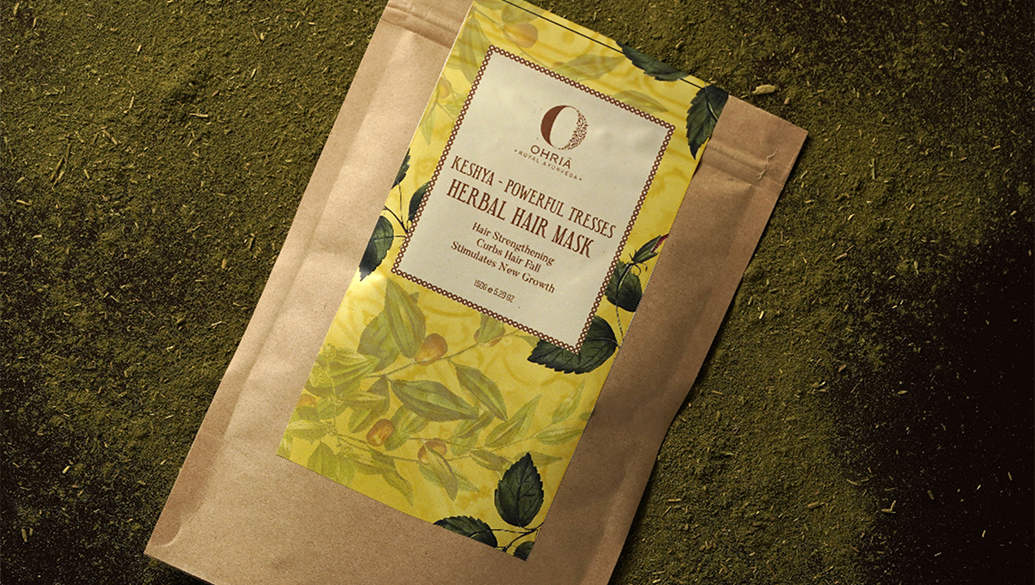
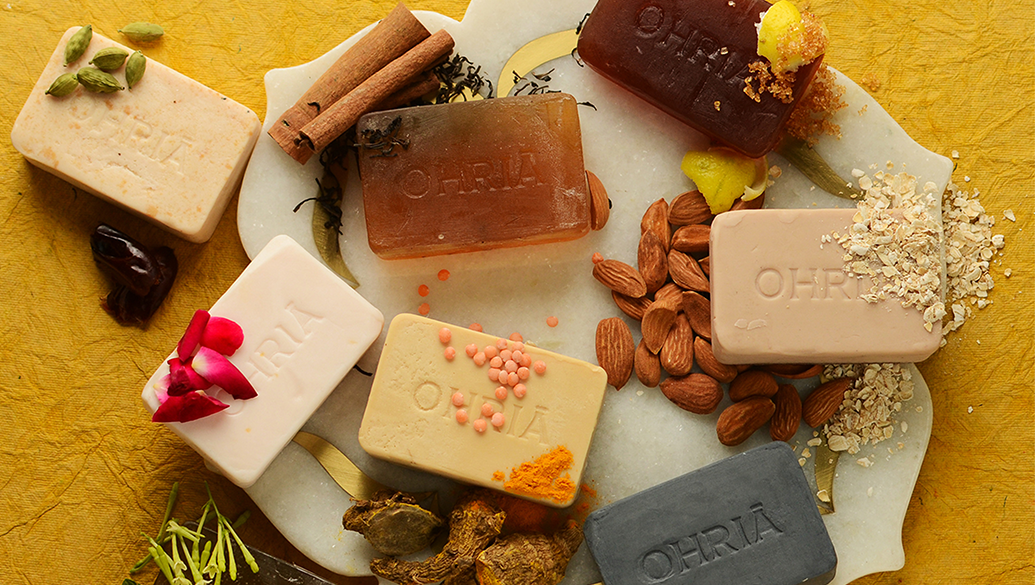
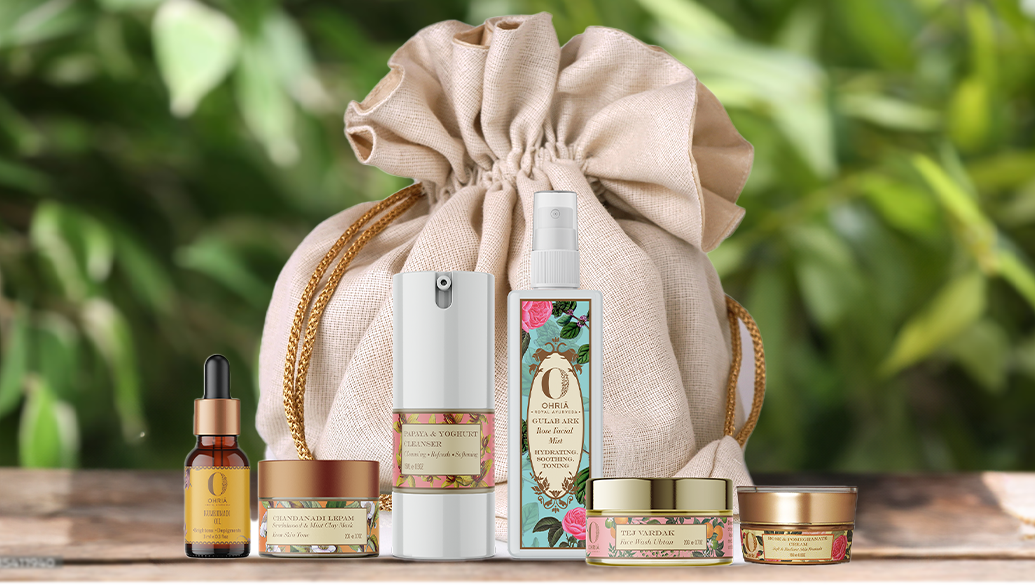
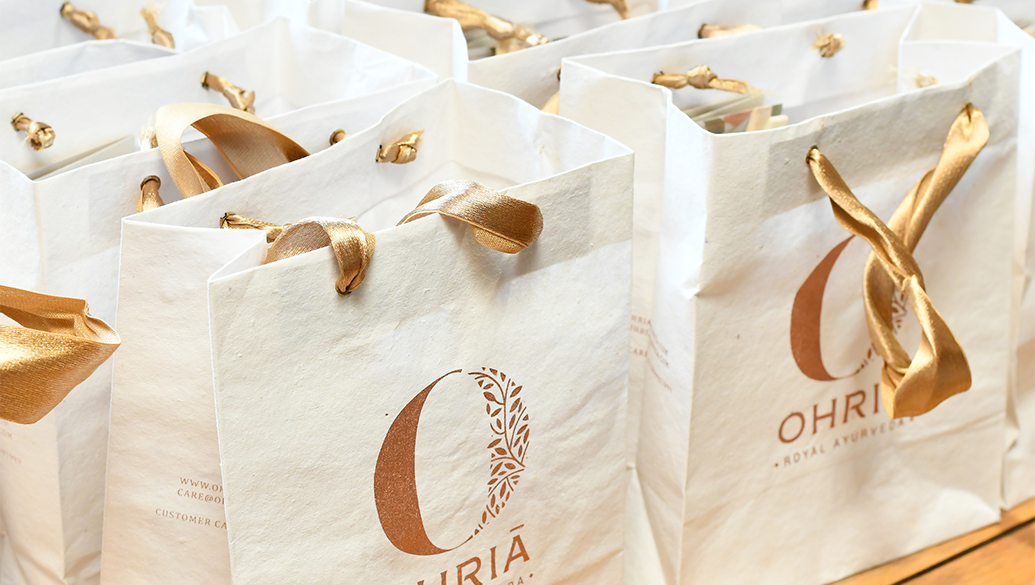
Leave a comment